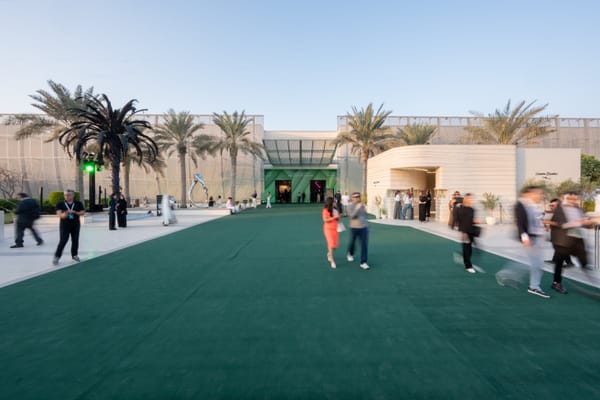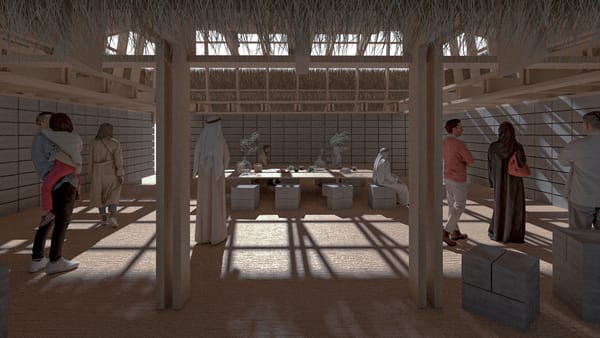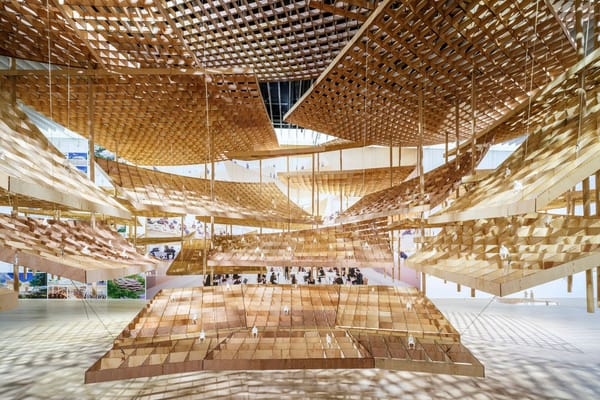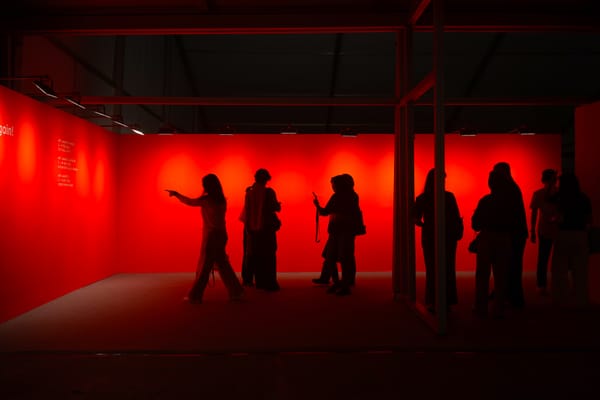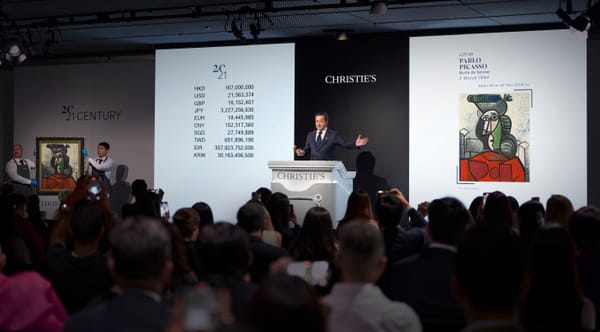Market
Accumulation and Momentum: ART021 Shanghai 2025
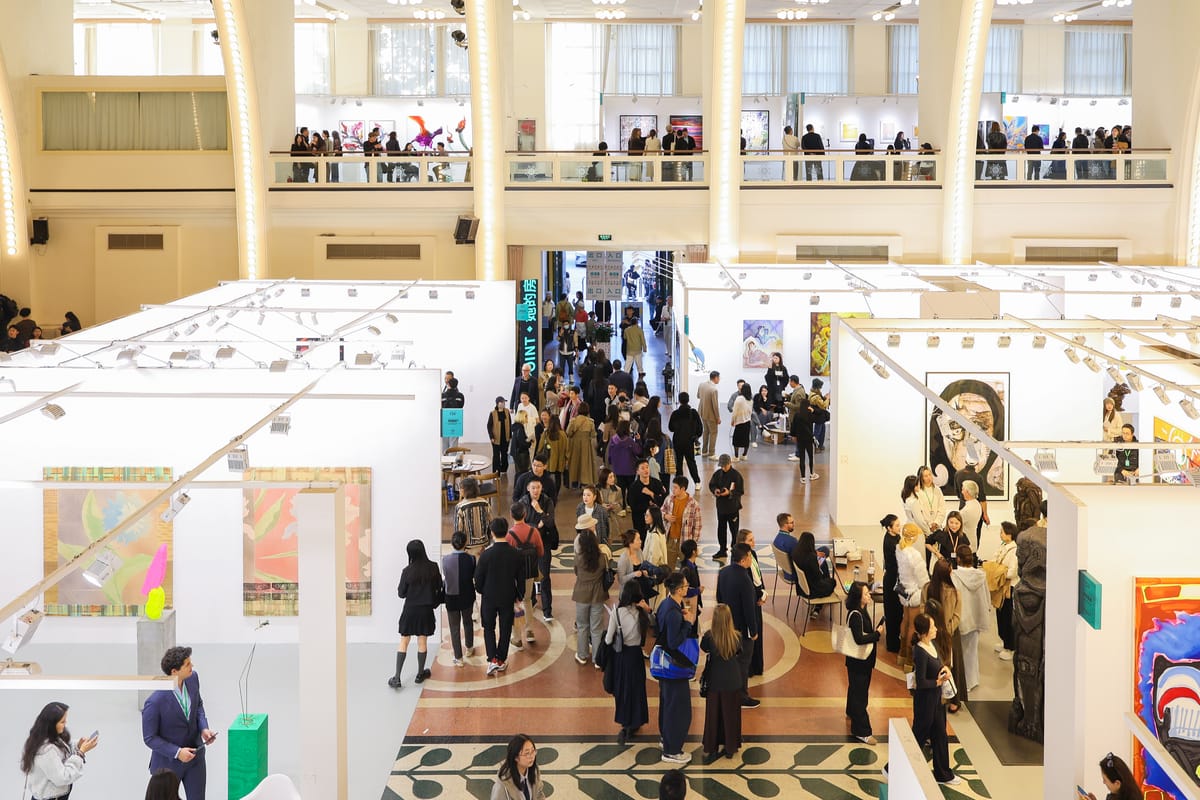
In Chinese, the phrase 拉開帷幕 (“to draw back the curtain”) signals the opening of an important event. At the 13th edition of ART021 Shanghai Contemporary Art Fair, held at the Shanghai Exhibition Center from November 13–16, this expression took on a literal, artistically charged meaning. On opening day, visitors encountered Félix Gonzalez-Torres’s “Untitled” (Loverboy) (1989)—an installation featuring blue diaphanous curtains—presented by Cc Foundation in the fair’s Special Projects sector. The minimalist, gossamer-light fabric created an unexpected contrast with the Soviet-era Empire-style neoclassical interiors of the Exhibition Center, offering a serene room within the bustling venue. The work belongs to the personal collection of David Chau, one of ART021’s founders, who also staged a solo exhibition of Pakistani American artist Huma Bhabha at his Cc Foundation space during Shanghai Art Week.
This year marked the 10th consecutive edition that international mega-gallery David Zwirner has participated in ART021—a milestone that didn’t go unnoticed on Chinese social media, where multiple posts highlighted the anniversary. Whether by design or by happy accident, this edition’s special presentations of Zwirner artists reinforced the gallery’s substantial presence at the fair. Speaking to ArtAsiaPacific, senior partner Christopher D’Amelio described these alignments as serendipitous “coincidences” rather than intentional strategies, while acknowledging that these coincidences “make sense” within the booth’s presentation framework.

The 13th iteration of ART021 brought together 141 galleries and projects from 50 cities across 22 countries and regions, organized into five sections: Main Galleries, APPROACH (focusing on emerging galleries), DETOUR (spotlighting practices beyond Chinese and Euro-American narratives), BEYOND (featuring large-scale installations and public art projects), and Special Projects. Besides the familiar overlap with Shanghai’s other flagship fair, West Bund Art & Design fair, this year’s ART021 coincided with the 15th Shanghai Biennale, creating an unusually packed November art season rich with commercial activities and major institutional shows. Within this crowded landscape, ART021’s special projects and strategic presentations offered additional talking points in what might be understood as an attention economy, where multiple events vie for the same pool of collectors, curators, and media coverage.
Among the blue-chip galleries, David Zwirner’s booth benefited from parallel programming staged by Cc Foundation. The gallery presented sculptures and paintings by Huma Bhabha, including one of the few large-scale sculptures at the fair—a totemic work depicting a multiheaded creature with arms pressed against its chest in a prayer-like gesture. Bhabha’s practice draws from an eclectic range of sources: Egyptian sacred imagery, African sculpture, 20th-century modernist sculpture, science fiction, horror cinema, and urban life. The booth also featured works by Félix Gonzalez-Torres, such as a light-string sculpture and puzzle works. The sculpture “Untitled” (Last Light) (1993), consisting of 24 lightbulbs, exemplifies the artist’s characteristic formal economy, conceptual rigor, and use of everyday materials to explore poetic possibilities. As a gallery that has supported ART021 for a full decade, David Zwirner’s relationship with Shanghai has evolved alongside the city’s art scene. Before Covid, the gallery participated in both West Bund and ART021; however, post-pandemic, it has focused exclusively on ART021. D’Amelio indicated that this strategy remains flexible, considering the increasing sophistication of local collectors and the new venue opening at West Bund this year.


Paris-based Galerie Chantal Crousel, another loyal participant in ART021, featured a group presentation centered on conceptually driven practices. A highlight was South Korean artist Haegue Yang’s signature venetian blind sculpture, A Matter of Fact (from Dan) – Punched Square (2024), which subtly evokes the permeable boundaries between the interior and exterior, private domesticity and public visibility. An earlier large-scale venetian blind sculpture by Yang was also on view at the concurrent Shanghai Biennale.
The 2025 Art Basel & UBS Survey of Global Collecting revealed significant shifts in collector demographics and spending. Despite economic uncertainty in 2024 and 2025, Gen Z collectors reported higher-than-average spending at 26 percent. Additionally, women spent 46 percent more than men, outpacing them in both Gen Z and millennial segments. Most notably, the highest spending by a considerable margin came from collectors in mainland China, driven primarily by women whose average expenditures were more than double that of men. These findings point to a transformation in the collecting landscape, where the rise of millennials and Gen Z may signal diversifying tastes and modes of engagement with art. As women collectors achieve unprecedented visibility and influence, they are also championing female artists’ work. These shifts were evident throughout the fair in the galleries’ selections and who they chose to spotlight.
Across ART021, Gen Z artists were gaining visibility and commercial traction. BANK gallery presented a solo booth by Wenjue, an artist born in 2001, whose new body of work draws from childhood trading card battle games, incorporating visual languages from contemporary anime, religious altarpiece painting, and medieval illuminated manuscripts. These works explore the relationship between two-dimensional painting and three-dimensional relief through the physical buildup of paint and tactile surface treatment, resulting in images with both visual impact and symbolic depth.
Numerous exhibitors highlighted young women artists. Antenna Space presented Tan Jing’s work A site of yearning (The Boudoir) #3 (2025), an installation of terracotta panels printed with classical patterns and covered with incense ash, emanating a scent blended from sandalwood, frankincense, and agarwood. The artist is interested in how smell and materiality carry desire and affective power, using these elements to explore the dynamics between sensory experience, eroticism, and structures of power. A solo exhibition of the artist ran concurrently at Antenna Space’s gallery during the fair, and a large-scale installation from the same series was on view at the Shanghai Biennale. At the booth of ShanghART, one of China’s leading galleries, a highlight was Lu Yu’s RRRhands – The Refusing, Rescuing, and Requesting Hands (2025), consisting of 24 limp rubber gloves on 24 stainless steel trays, each frozen in an ambiguous gesture. The gloves evoke human skin and flesh, while the trays conjure hospitals or even prisons—disciplinary settings where bodies are regulated and controlled. The slightly different gesture of each glove explores the individual’s position within rules and power structures, touching on themes of compliance, resistance, and negotiation.
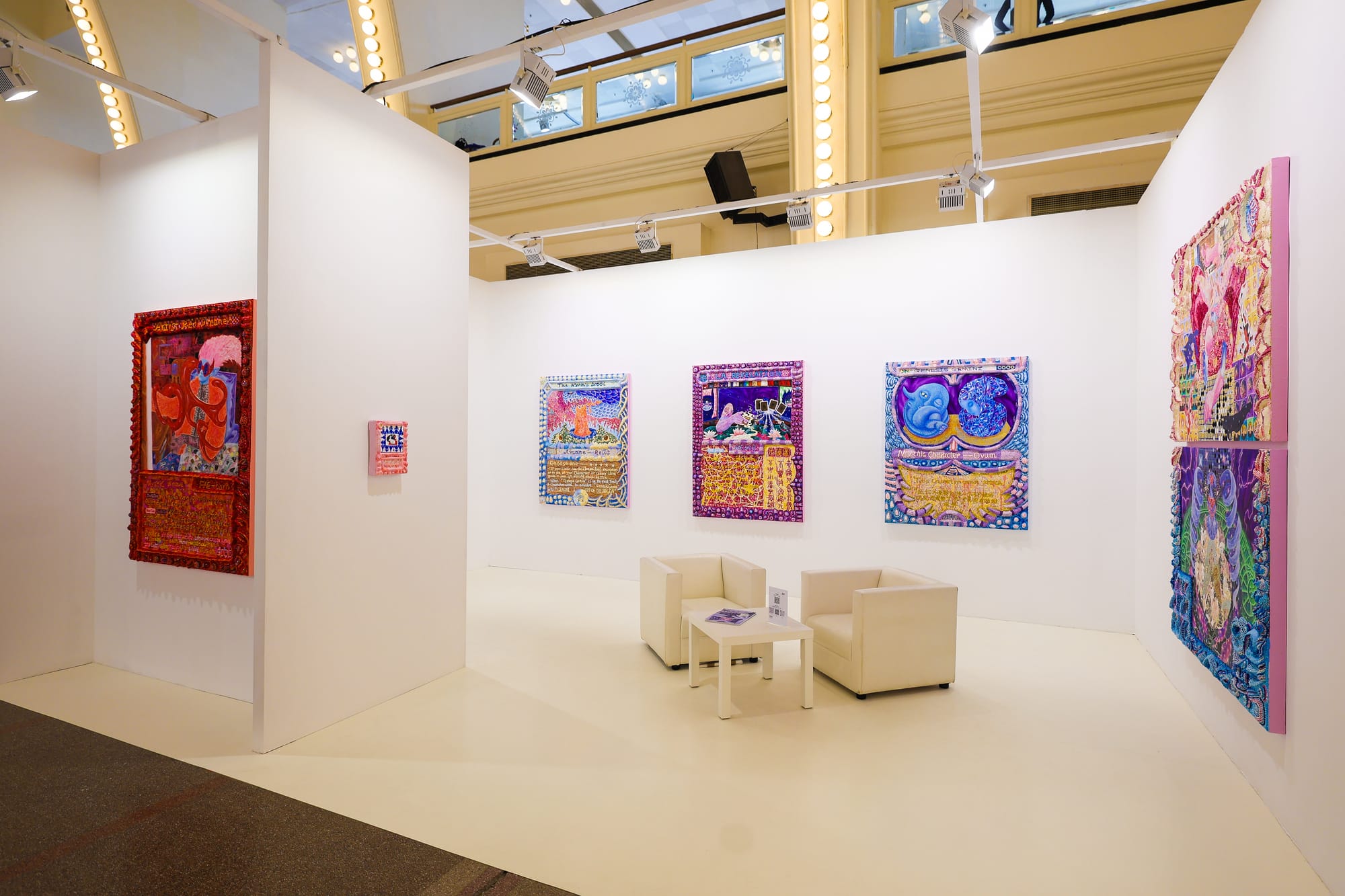
Beyond blue-chip and established Chinese galleries, the fair’s DETOUR sector featured leading galleries from Southeast Asia and the Middle East. ROH from Jakarta made its ART021 debut with a solo presentation of internationally recognized Filipina artist Maria Taniguchi’s Brick Paintings. These works consist of repeated rectangular blocks arranged in a grid, crystallizing the artist’s slow, meditative, and laborious process. A gallery representative noted that Chinese collectors are remarkably open-minded, and that Southeast Asian artists have been gaining international attention. Chinese institutions have also shown a willingness to exhibit challenging Southeast Asian artists, citing the recent presentation of Indonesian artist Syaiful Aulia Garibaldi’s work at the Yuz Museum in Shanghai as an example. These factors contributed to ROH’s decision to participate for the first time. Ames Yavuz gallery, which has locations in Singapore, Sydney, and London, shared this sentiment. Participating in ART021 for the third time, the gallery presented a solo booth of young Thai Chinese artist Channatip Chanvipava, whose paintings construct intimate atmospheres through warm color palettes and textured brushwork. The gallery reported interest from Gen Z collectors and noted successful placements of young Southeast Asian artists in Chinese institutional collections through previous fair participations.
Dubai-based Lawrie Shabibi returned for their second consecutive ART021 in the DETOUR sector. Co-founder William Lawrie observed that Shanghai collectors maintain an open-minded approach toward art, and that as the Middle East receives increasing international attention—with major fairs like Art Basel and Frieze announcing regional editions—his decision to return to Shanghai stemmed from both commercial considerations and from the enthusiasm demonstrated by Chinese audiences. This enthusiasm, he suggested, “helps the gallery cultivate longer-term market attention and client relationships in China, rather than treating participation as purely transactional.” His booth highlighted several works from Pakistani artist Hamra Abbas’s Aerial Studies series. Made from marble, the series explores how climate change has shaped the remote topography of northern Pakistan. Abbas transforms aerial photographs taken during flights into marble works that resemble both natural geological patterns and the negative space characteristic of Chinese ink art.
Surviving in the art fair landscape for over a decade is no small feat. Founded in 2013, ART021 has outlasted several competitors—most recently Taipei Dangdai, which shuttered entirely this year after six editions. Longevity in this market requires more than effective logistics or blue-chip anchors; it demands constant recalibration to shifting economic realities, collector preferences, and competitive pressures. With the West Bund Art Fair—the longtime rival of ART021—having just launched an impressive new venue this year, the stakes have been raised considerably. Meanwhile, the regional fair circuit is expanding: Art Basel Qatar and Frieze Abu Dhabi are entering the Middle East, joining established players like Art Basel Hong Kong and Frieze Seoul in East Asia. In this increasingly crowded field, what new programming, sector expansions, or strategic pivots will ART021 pursue to maintain its edge? That question will likely be answered in the years ahead.
Louis Lu is an associate editor at ArtAsiaPacific.
